Halo Infinite is coming this year as a launch title for Xbox Series X.


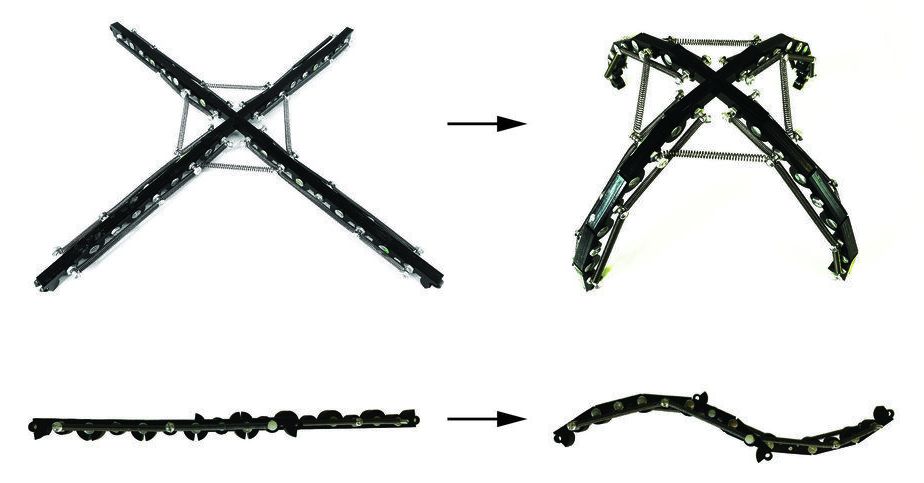
If you’ve ever opened an umbrella or set up a folding chair, you’ve used a deployable structure—an object that can transition from a compact state to an expanded one. You’ve probably noticed that such structures usually require rather complicated locking mechanisms to hold them in place. And, if you’ve ever tried to open an umbrella in the wind or fold a particularly persnickety folding chair, you know that today’s deployable structures aren’t always reliable or autonomous.
Now, a team of researchers from the Harvard John A. Paulson School of Engineering and Applied Sciences (SEAS) have harnessed the domino effect to design deployable systems that expand quickly with a small push and are stable and locked into place after deployment.
The research is published in the Proceedings of the National Academy of Sciences (PNAS).
Computer chips use billions of tiny switches, called transistors, to process information. The more transistors on a chip, the faster the computer.
A material shaped like a one-dimensional DNA helix might further push the limits on a transistor’s size. The material comes from a rare earth element called tellurium.
Researchers found that the material, encapsulated in a nanotube made of boron nitride, helps build a field-effect transistor with a diameter of two nanometers. Transistors on the market are made of bulkier silicon and range between 10 and 20 nanometers in scale.
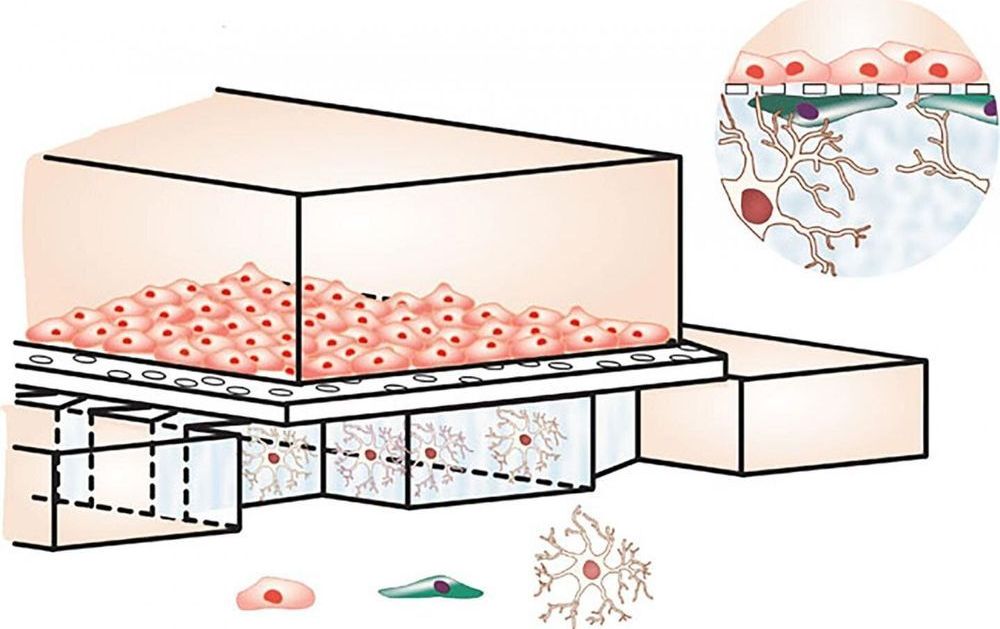
A scrupulous gatekeeper stands between the brain and its circulatory system to let in the good and keep out the bad, but this porter, called the blood-brain barrier, also blocks trial drugs to treat diseases like Alzheimer’s or cancer from getting into the brain.
Now a team led by researchers at the Georgia Institute of Technology has engineered a way of studying the barrier more closely with the intent of helping drug developers do the same. In a new study, the researchers cultured the human blood-brain barrier on a chip, recreating its physiology more realistically than predecessor chips.
The new chip devised a healthy environment for the barrier’s central component, a brain cell called the astrocyte, which is not a neuron, but which acts as neurons’ intercessors with the circulatory system. Astrocytes interface in human brains with cells in the vasculature called endothelial cells to collaborate with them as the blood-brain barrier.
This story begins in 1985 when at age 22, I became the World Chess Champion after beating Anatoly Karpov.
We must face our fears if we want to get the most out of technology — and we must conquer those fears if we want to get the best out of humanity, says Garry Kasparov. One of the greatest chess players in history, Kasparov lost a memorable match to IBM supercomputer Deep Blue in 1997. Now he shares his vision for a future where intelligent machines help us turn our grandest dreams into reality.
This story begins in 1985, when at age 22, I became the World Chess Champion after beating Anatoly Karpov. Earlier that year, I played what is called simultaneous exhibition against 32 of the world’s best chess-playing machines in Hamburg, Germany. I won all the games, and then it was not considered much of a surprise that I could beat 32 computers at the same time. To me, that was the golden age.
https://www.youtube.com/channel/UCKKEHuAGzwVtIEIFW3cZOPg
I’ve got a secret!
A little bird told me the Steele Hawes was going to have a special guest on tomorrow, Tuesday February 11th at 2:30 PM US Pacific Time:
David Wood!!!!
Set your alarm and tell your pals and bang the gong!
A little bird told me the Steele Hawes was going to have a special guest on Debt Nation tomorrow, Tuesday February 11th at 2:30 PM US Pacific Time:
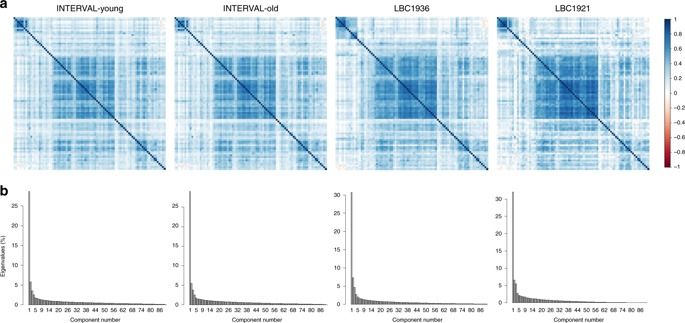
Identifying biological correlates of late life cognitive function is important if we are to ascertain biomarkers for, and develop treatments to help reduce, age-related cognitive decline. Here, we investigated the associations between plasma levels of 90 neurology-related proteins (Olink® Proteomics) and general fluid cognitive ability in the Lothian Birth Cohort 1936 (LBC1936, N = 798), Lothian Birth Cohort 1921 (LBC1921, N = 165), and the INTERVAL BioResource (N = 4451). In the LBC1936, 22 of the proteins were significantly associated with general fluid cognitive ability (β between −0.11 and −0.17). MRI-assessed total brain volume partially mediated the association between 10 of these proteins and general fluid cognitive ability. In an age-matched subsample of INTERVAL, effect sizes for the 22 proteins, although smaller, were all in the same direction as in LBC1936. Plasma levels of a number of neurology-related proteins are associated with general fluid cognitive ability in later life, mediated by brain volume in some cases.

A new AI prototype could transform how earthquake aftermaths are managed, by predicting the safest routes that families can take to find their loved ones.
The idea first emerged in the ImpactHub Istanbul, a social innovation centre in a city where a future earthquake is all but inevitable.
The last time a devastating earthquake had struck Turkey was in 1999, around 150–200 kilometers from the capital. Official records put the death toll at 18,373 people.
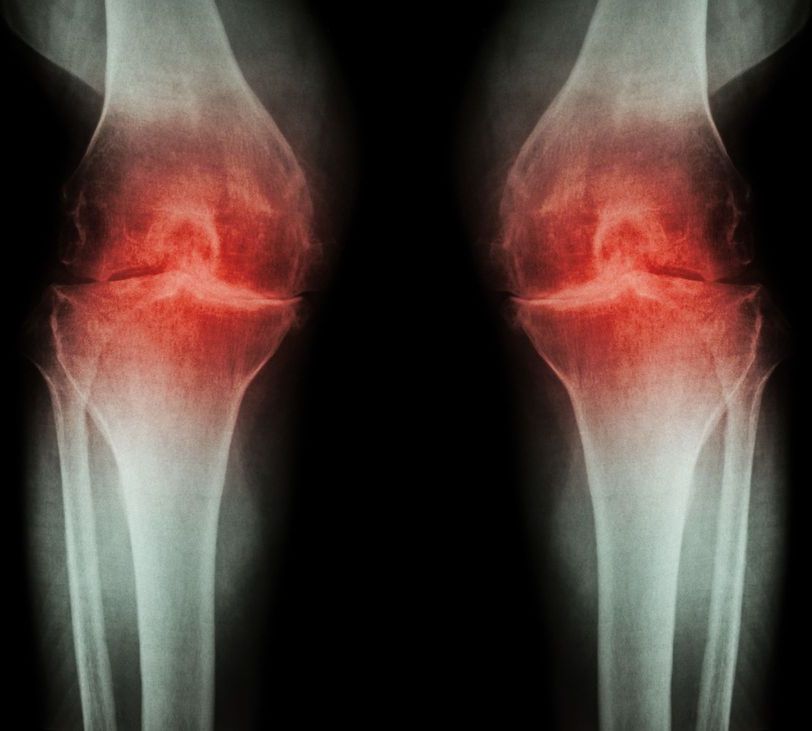
Osteoarthritis is one of the most common ailments of an aging population, but there aren’t many treatment options besides taking pain killers or getting a full joint replacement. Now, researchers at the Salk Institute have found that a combination of two experimental drugs appears to reverse the symptoms of the disorder, with successful tests conducted in rats and in human cells in the lab.
As we age, our bodies gradually lose the ability to repair damage as fast as it needs to. That means that tissues subjected to high-intensity long-term use, such as cartilage in joints, are especially prone to wearing out. That manifests itself in the common condition of osteoarthritis, resulting in pain when that joint moves.
In the past, two molecules have been identified as having decent potential for treating the disease – alpha-KLOTHO (αKLOTHO) and TGF beta receptor 2 (TGFβR2). Previous tests only showed moderate success, so the researchers on the new study decided to see if they fared any better when used together.
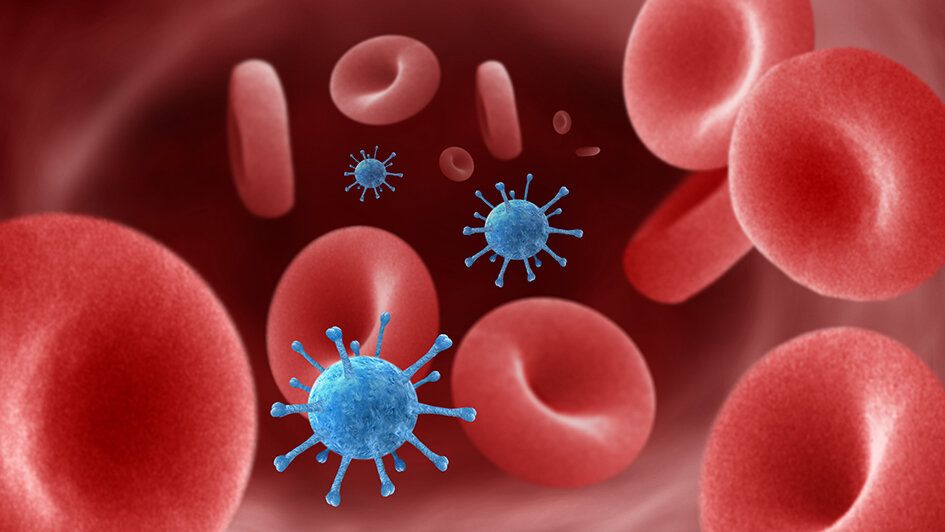
Very interesting, researches probably already know.
You awake in the middle of the night from a nightmare.
In the nightmare, you are standing in a room that is completely full, floor to ceiling, of balloons. There are red ones, purple ones, yellow ones and green ones.
You’ve been told to burst only the green and purple balloons. Bursting the red or yellow ones will have disastrous consequences.